Precision irrigation requires an irrigation system that is designed and installed with all resources and production goals in mind, with the aim of ensuring optimal production.
A lot of focus is placed on measurement and scheduling once the irrigation system has been installed, in order to ensure accurate irrigation. We must however also remember that thorough planning and preparation is required for successful precision irrigation.
Variable Decisions
When you develop a new farming project or, for example, a new orchard or vineyard, a host of questions must be answered, and a team of experts must be involved in the process. Irrigation planning is but one aspect of this. Importantly, irrigation planning will be based on data from all the other analysis done and decisions made throughout the planning process. A long list of variables must be measured, considered and analysed. This must be done by the farmer, crop expert, soil expert, meteorologist, fertiliser expert, irrigation expert and any other necessary expertise.
The variables are:
- Climate.
- Soil type (physical and chemical attributes).
- Water composition and availability.
- Topography.
- Availability of electricity.
- Diseases and pests.
Based on these variables, decisions are made on:
- Crops and/or cultivar.
- Soil preparation actions.
- Fertiliser requirements.
- Row direction, block design, roads.
- Plant spacing, row lengths, block sizes etc.
Now all that remains is deciding on the irrigation method, irrigation design and scheduling. Considering modern development with centralised control, decisions regarding block sizes are becoming the basis of water and nutrition management.
A properly designed and planned irrigation system that is managed correctly, will accommodate all the variables mentioned above and will therefore ensure total control of water and nutrition levels.
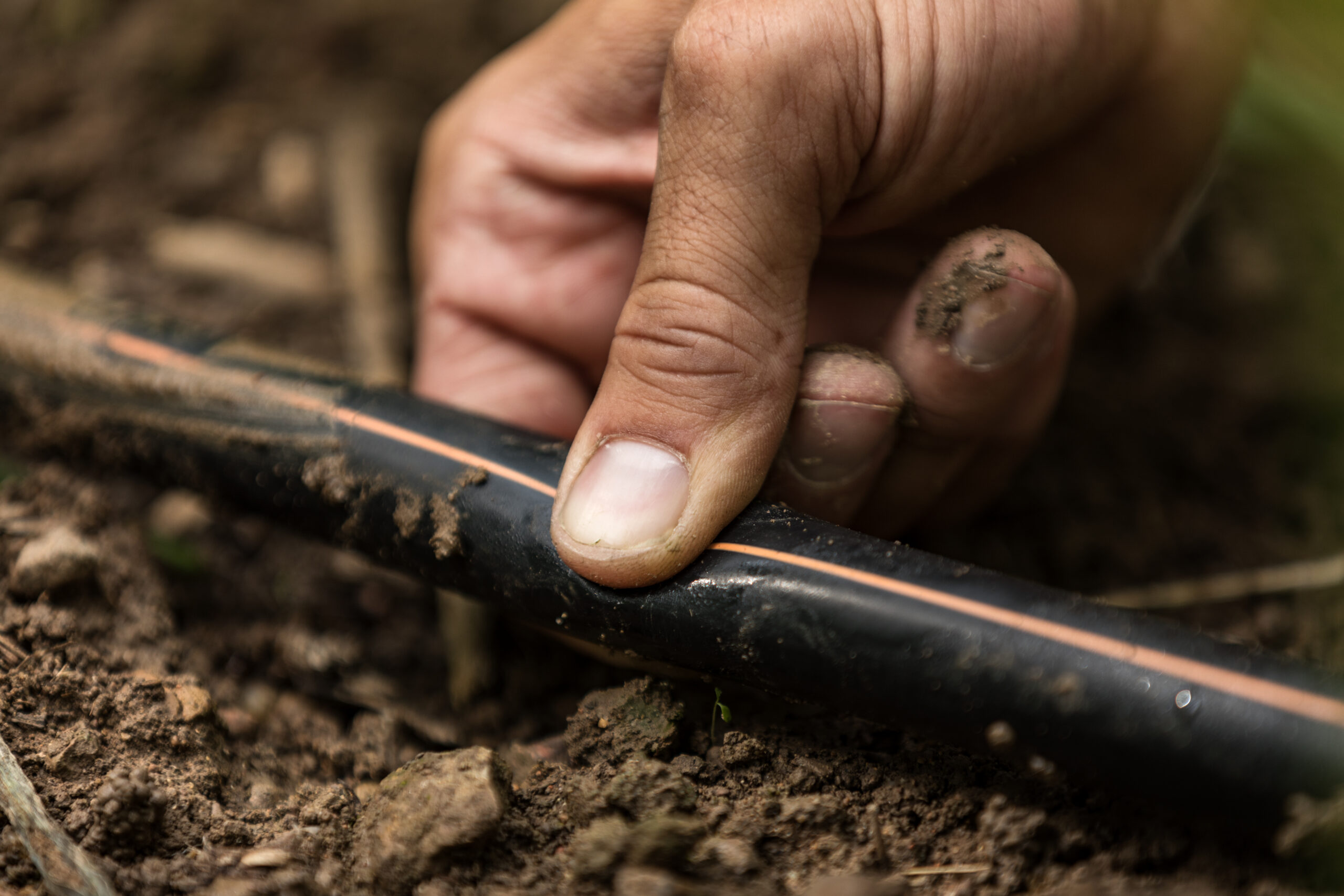
A Suitable Solution
There is no one-size-fits-all solution in irrigation, and that is why proper planning is so crucial. Farmers must rely on experts during the planning and preparation process. All the advantages and disadvantages of a system must be considered, and a decision must be made based on the circumstances of your farm, given all the variables.
The final decision regarding the type of irrigation system you will use, will be determined by your experience and knowledge and prioritised irrigation goals.
After having considered the agronomic variables to decide on possible irrigation systems, the farmer must consider another list of variables when choosing a system:
- Capital and running costs of the system.
- The farmer’s knowledge of and familiarity with the system.
- The management and maintenance ease of the system and the team’s ability to adhere.
- The reliability of the system considering your circumstances.
- The necessary capacity in terms of nutrition management and scheduling.
- The occurrence of wind, weeds etc.
- Installation requirements – especially in terms of labour and equipment.
- Possibility of theft.
Irrigation Type
Precision irrigation can be successfully performed through both drip irrigation systems and micro-sprinkler systems. The first and most important decision is to choose between these two systems.
Micro-irrigation Systems
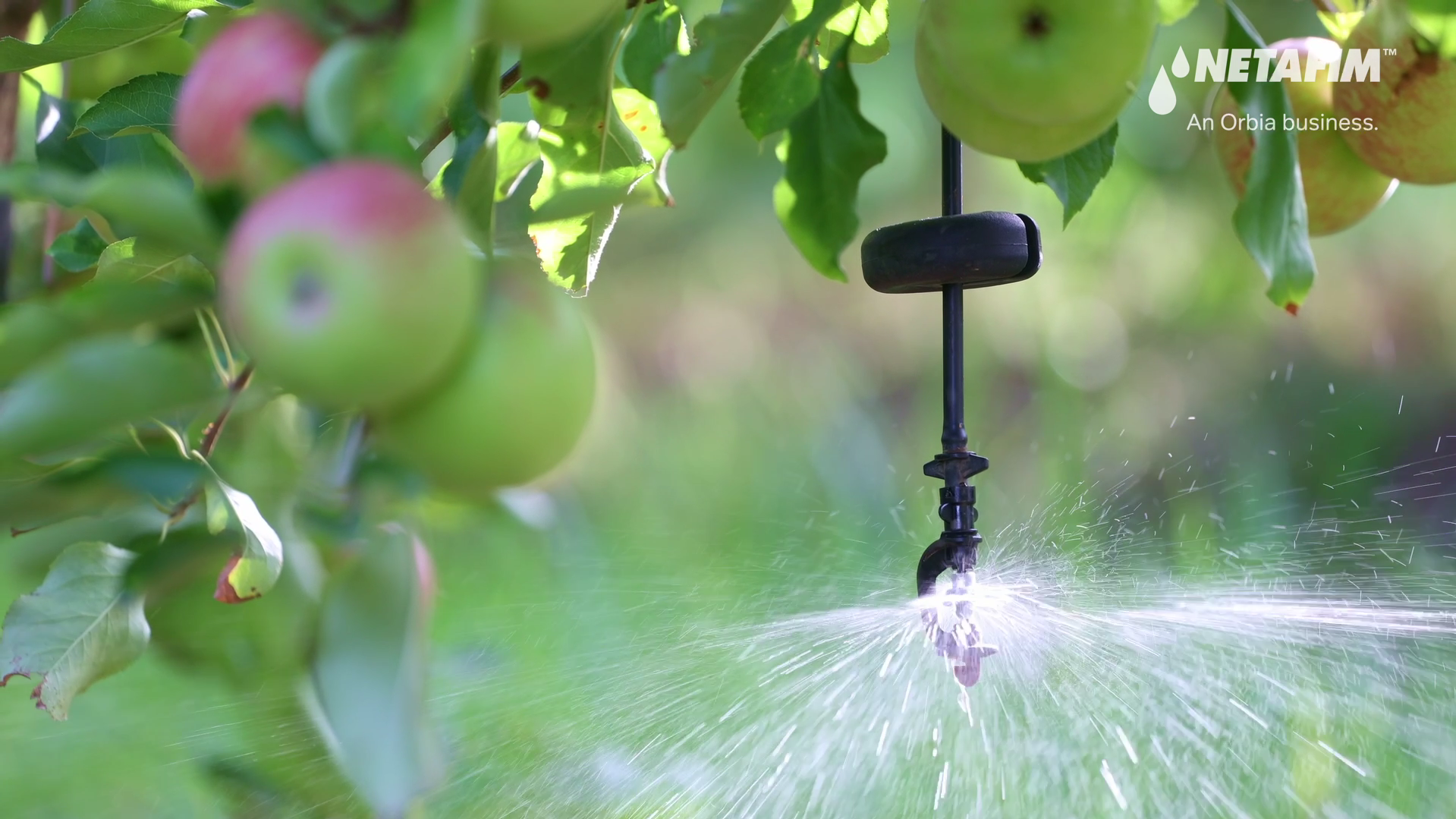
Irrigation with micro sprinklers allows for both full-surface irrigation and localised irrigation. An advantage of micro-sprinkler irrigation compared to drip irrigation is that a larger soil volume can be wetted. This makes irrigation management easier. Another advantage is that emitter blockages are more visible. Micro sprinklers are 85% efficient in applying water.
A few disadvantages of micro-sprinkler irrigation systems include higher evaporation losses during water application and from the soil surface, not being able to work in the orchard during active irrigation, and higher maintenance costs due to possible damage caused by workers in the orchards. Other disadvantages are fertiliser wastage due to less efficient application and water not being delivered to the root zone and falling onto leaves.
Drip Irrigation Systems
The most important advantage of drip irrigation compared to micro-sprinkler irrigation is that water use efficiency is much higher. Drip irrigation is 95% efficient in applying water and water is delivered directly to the root zone. Drip irrigation further makes it possible to apply fertiliser via the irrigation system, thus ensuring much higher efficiency during fertiliser application.
Other advantages include limiting evaporation losses during water delivery and from the soil surface, more efficient fertiliser application, improved weed management, the ability to irrigate with high EC and chloridic water and performing efficient pulse irrigation. The fact that there are no moving parts also requires less maintenance, saving on labour and maintenance costs. It is also possible to work in the orchard during active irrigation.
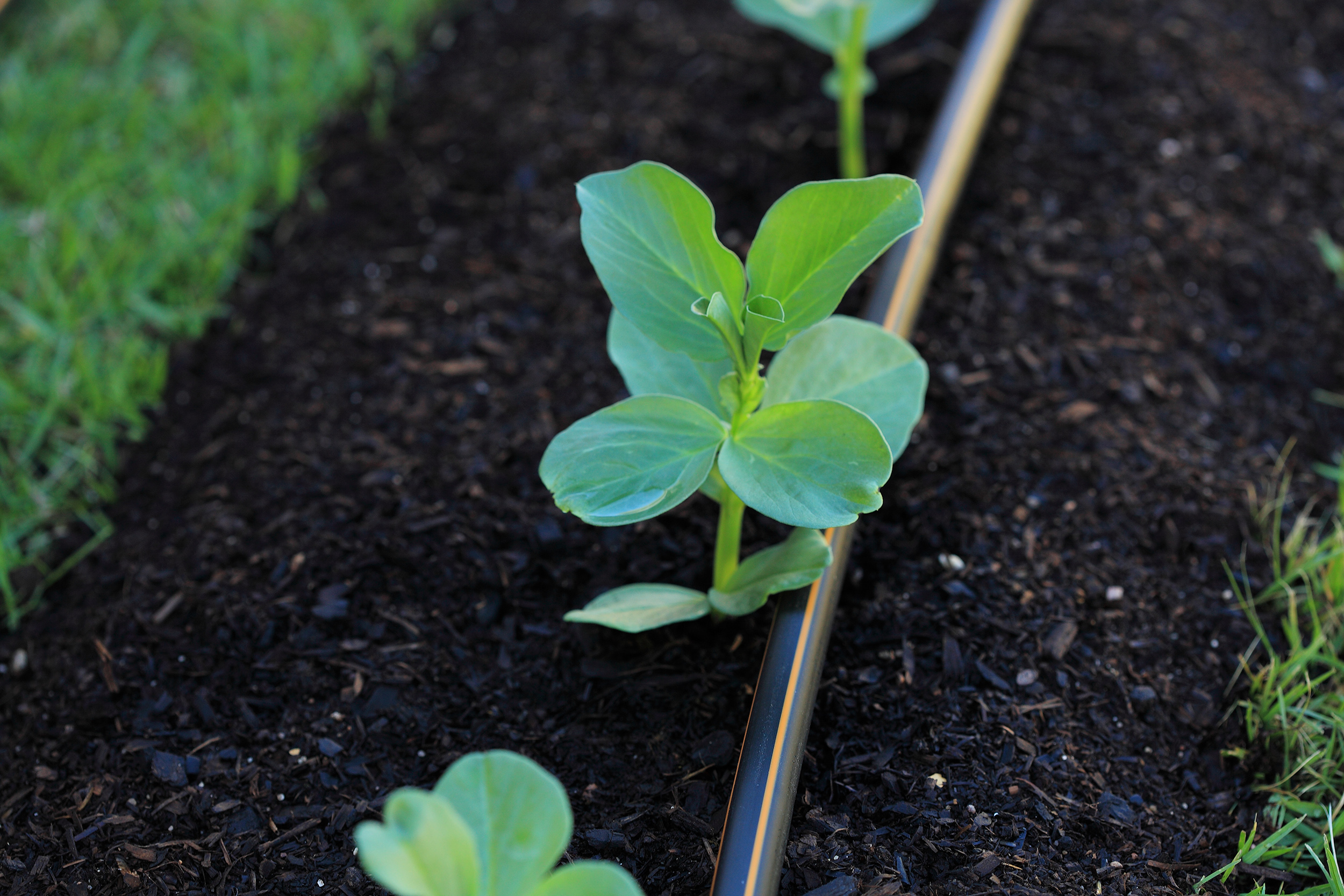
Disadvantages of drip irrigation compared to micro-sprinkler irrigation are that the emitter can clog more easily, blockages aren’t always visible and that finer, and therefore more expensive, filtration is necessary. Another challenge is that the system must be very well managed. It may also happen that, in poor soil, the distribution of water is not as desired.
Emitter Choice
Once you have chosen between a drip or micro-sprinkler irrigation system, a long list of choices also must be made regarding the configuration of the system.
In the case of micro-sprinkler irrigation, the two most important decisions are sprinkler selection and irrigation scheduling.
Manageable soil volume (40 to 60%) that does not have to be refilled daily, must be wetted – more frequent refilling leads to higher evaporation losses. The infiltration rate of the soil must not be exceeded. Your choice of micro-sprinkler will be determined by crop requirements, planting density, irrigation goals, soil type and soil preparation choices.
When it comes to drip irrigation, the most important considerations are crop water requirements, the required wetted area, application rate, working hours, the type of dripper and dripper delivery rate, dripper spacing and irrigation scheduling.
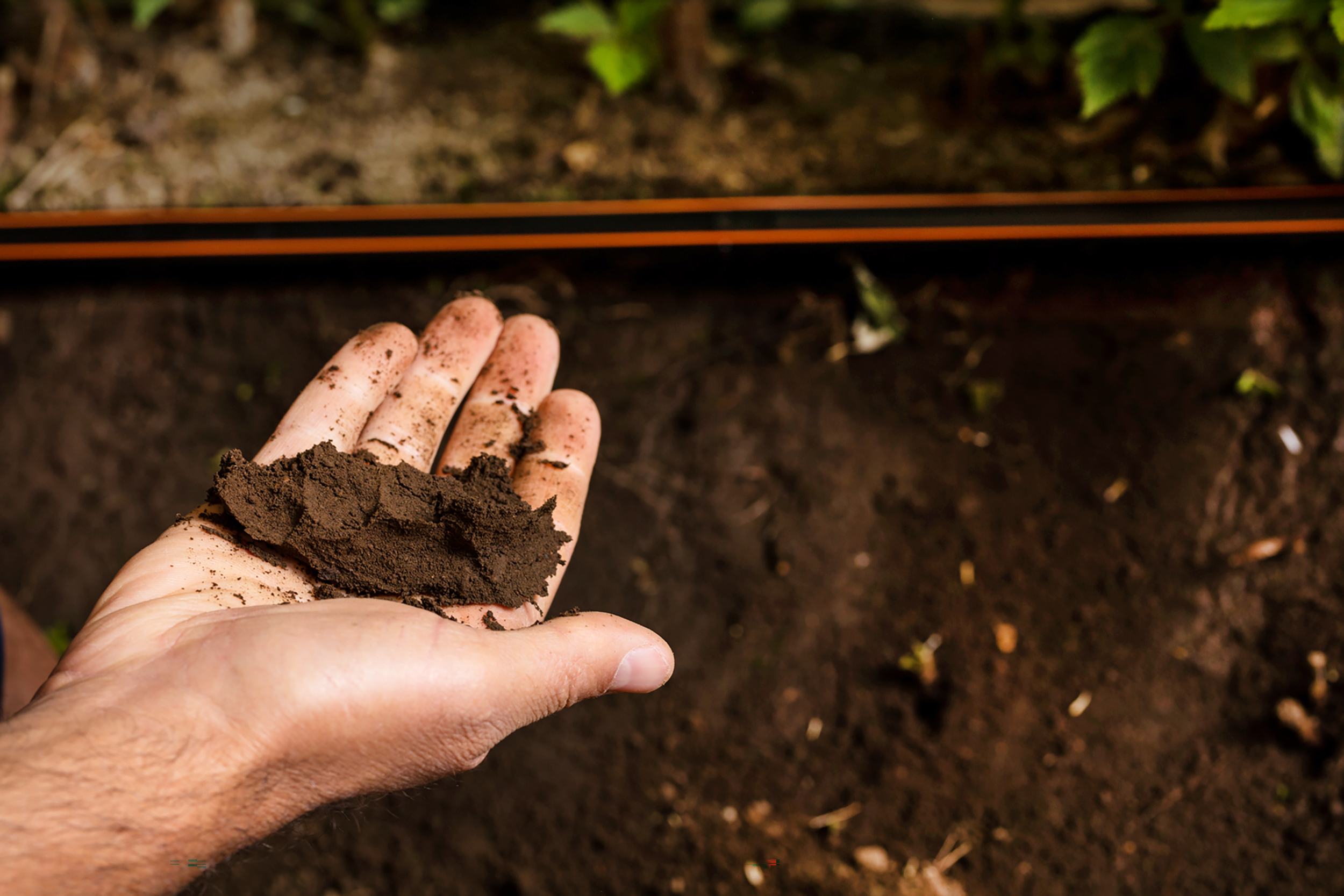
The choice of dripper will be determined by topography (whether a pressure compensated dripper is required), the number of growing seasons and water quality.
Dripper and dripline selection are based on a variety of factors. The purpose is to maintain a balance between dripper cost and performance. What does the crop need and what do the circumstances allow?
With the right irrigation equipment, necessary knowledge, correct calculations and involving the right experts, the farmer can make an informed decision to ensure that the crop receives optimal irrigation while he or she makes extremely efficient use of the available water.
It is important to know the soil and other impacting factors to make the correct dripper spacing and scheduling decisions and ensure highly efficient water use.
Remember the following concepts:
- Water moves differently in different soil types.
- Every soil has its own width and depth distribution.
- A longer irrigation time means wider and deeper water distribution.
Calculations are necessary to determine the necessary active irrigation hours, but these hours must be scheduled in the most efficient way possible based on knowledge of the soil and how water moves through it. Remember the goal – to not irrigate past the active root zone, while ensuring sufficient water availability.
The Right Team
When you decide to bring the value of precision irrigation to your farm, do it with the right team by your side. Netafim’s field team is structure to assist you with the best agronomic and technical advice to help you use our products to grow more with less.
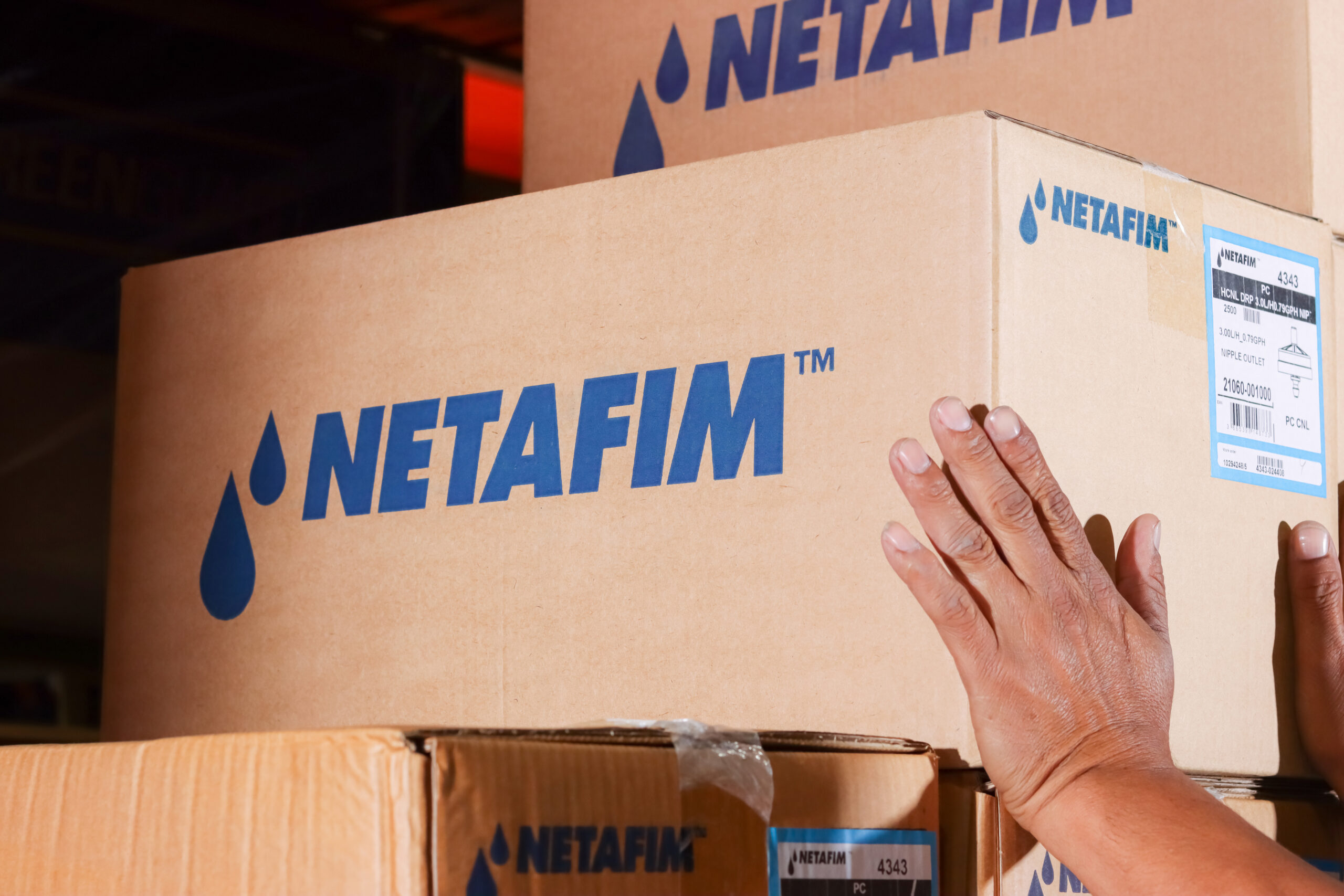
For more information go to:

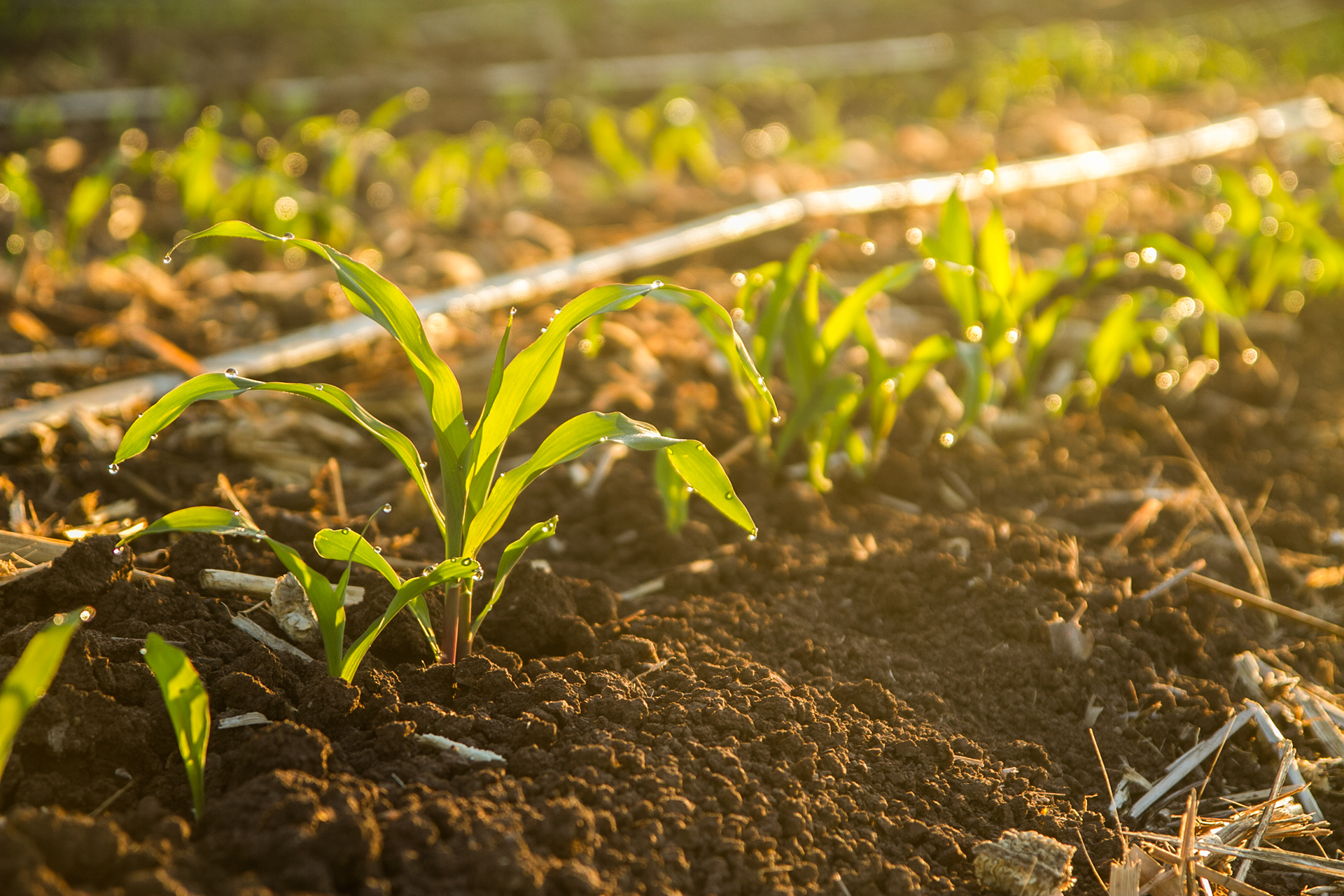








Interested